- Last updated Oct 06, 2022
- Swimming Pool, Pool Construction
How can I use my solar panels together with my pool heat pump to heat the pool?

Sun is the ultimate source of free energy. Solar pool heating is the most cost-effective method to heat the pool. By incorporating superior quality solar heating equipment with the regular heat pump-based pool heating system, you can heat the pool efficiently.
Solar absorbers are the heart of the solar pool heating system. Some of the commonly used solar absorbers are solar domes, solar heater blankets and solar panels. As evident from their names, solar absorbers absorb the heat energy from the Sun and this heat energy is transferred to the pool water when the water is circulated through them.
Let us start by having a glimpse of a few of the commonly used types of solar heat absorbers below.
Solar Domes
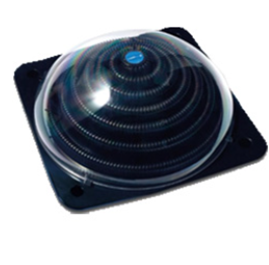
Solar domes are an excellent option for above-ground pools. The warming channels in the solar domes are heated by absorbing the solar energy. Pool water is passed through these channels and the warmed water is passed back to the pool.
Solar Heater Blanket
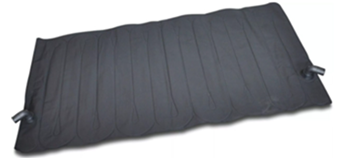
Solar heater blankets are similar to other types of heat absorbers mentioned above, but these blankets can be folded up and stowed away when not in use. One solar heater blanket is suitable for heating swimming pools with a volume of up to 4,500 L. Like other types of absorbers listed above, solar heater blankets can be connected in series to increase the heating capacity.
Solar Panels
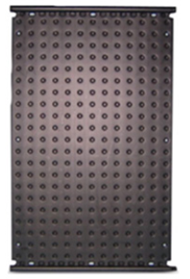
These types of heat absorbers made of polyethylene can be permanently installed near the pool or on the rooftop in conjunction with the existing pump, these panels can heat the pool water efficiently if it is positioned in such a way that enough solar radiation falls on them. According to the size of the pool, this type of solar absorber can be connected in series for increased heating capacity.
Integrating Solar Panels with the Heat Pump
When enough heat energy is available from the sun, the pool water can be diverted to the solar panels using an automatic or a manual three-way bypass valve. This results in the transfer of heat from the solar panel to the water circulated through them. When enough heat is not available from the Sun, the same valve is used to bypass the solar panels.
Automatic Valve/ Flow Control Valve
This flow control valve is specifically designed to automatically regulate the flow to the solar heating system by continuously monitoring the temperature of the pool water and the panels. i.e., the flow control valve diverts the pool water to the solar panel circuit when the temperature of the panel is well over the pool water temperature to facilitate the heat gain from the panels. Similarly, the flow control valve bypasses the solar panel circuit when there can be possible heat loss if circulated through them.
Solar Panel Installation
The panels can be installed on the roof or on the ground, but it is important to mount them in a shade-free area so that the sun rays can fall on them without any hindrances. It is also important to use the manufacturer’s recommended fittings when installing the system.
Solar panels should be installed above the water level of the pool which will necessarily facilitate the pool water to drain back into the pool.
Solar Cover
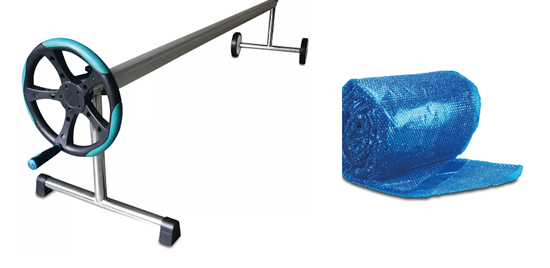
It is important to know that reducing the heat loss from the pool is equally important as selecting an efficient method of pool heating. Heat losses occur mainly in two ways: heat loss through the ground and heat loss to the atmosphere through evaporation. The wind is also another factor that causes heat loss.
Solar blankets which are also known as solar covers are effective in heat retention by averting evaporation and facilitating passive solar heat gain by allowing the heat radiated from the sun to pass through the blanket to the pool water. If you have a big-sized swimming pool, it can be difficult to use the solar cover on your pool. In that case, you can think about investing in a solar cover roller which will make your task of covering and uncovering your pool easier.
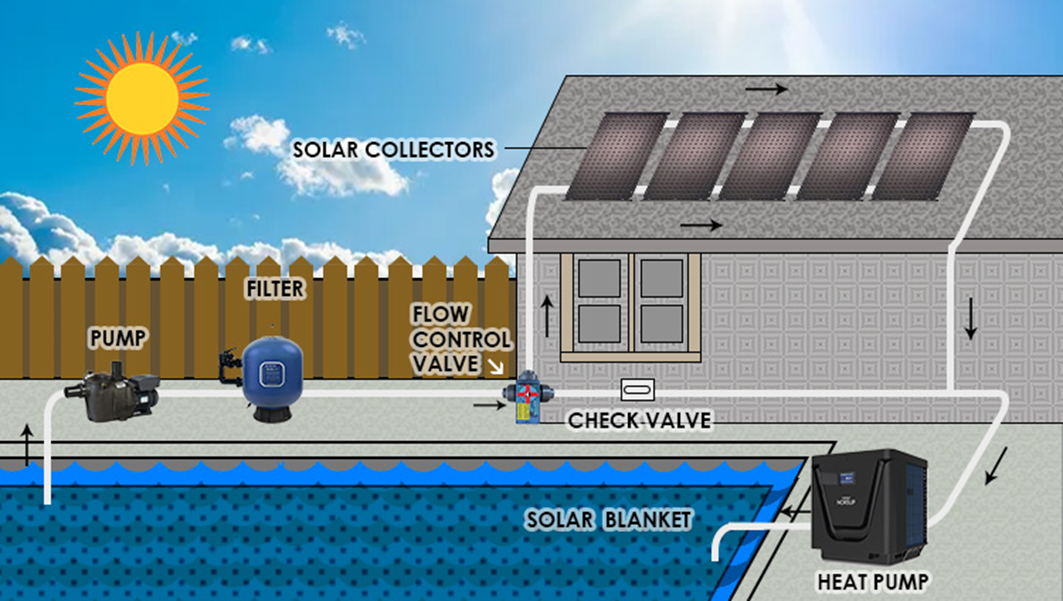
A simple illustration of a hybrid water heating system